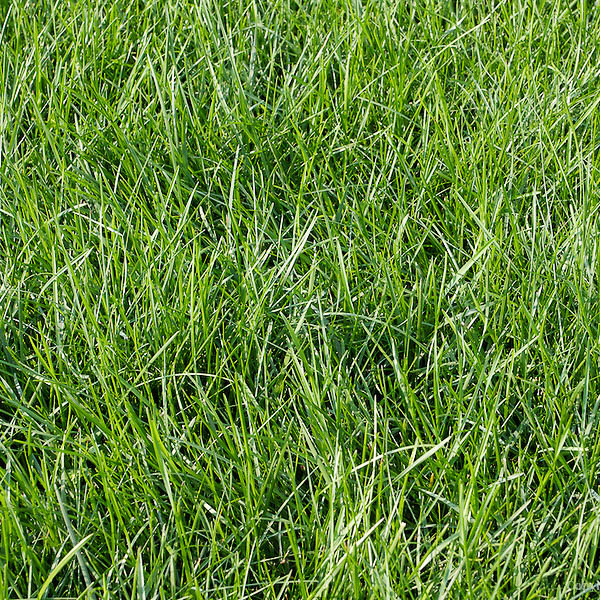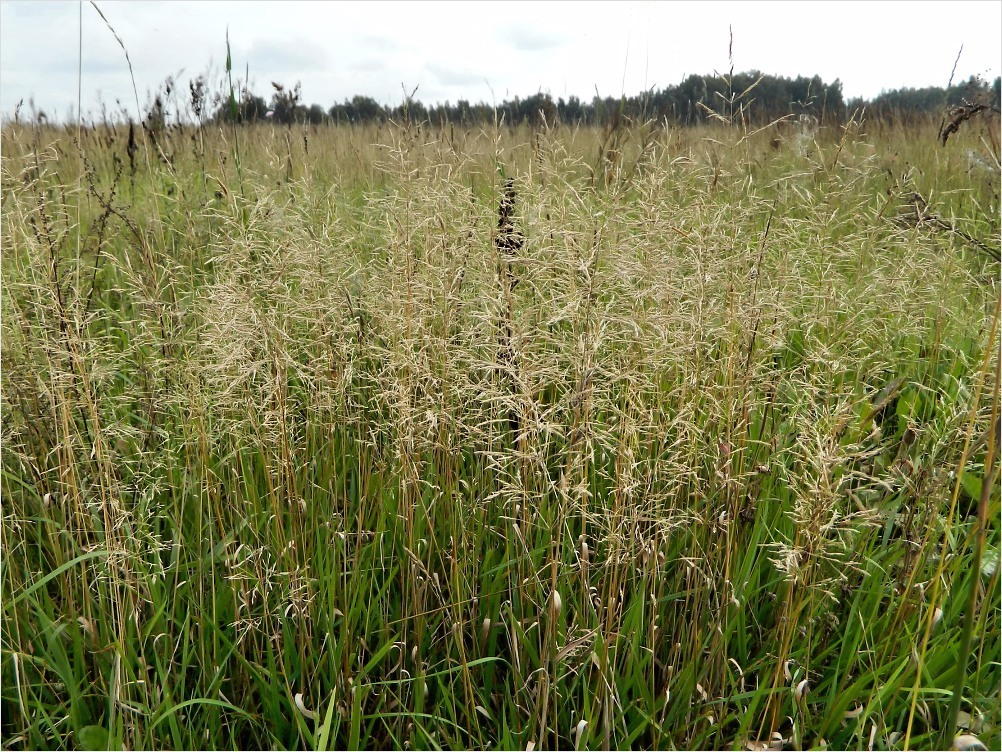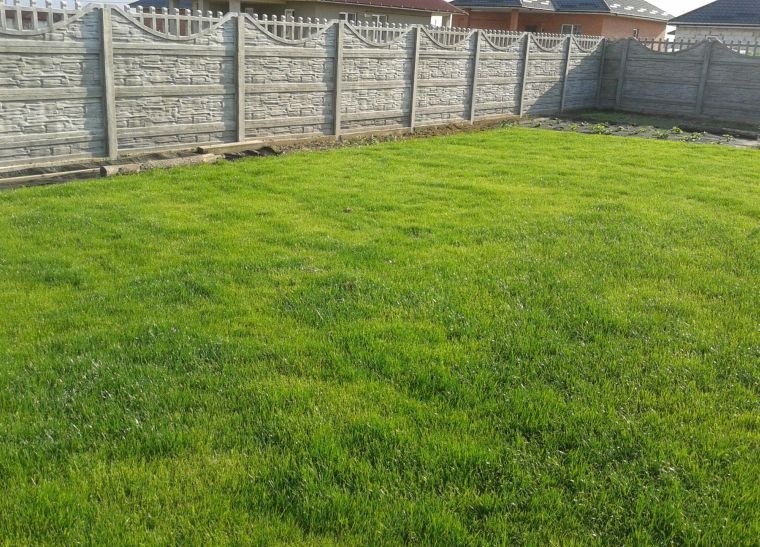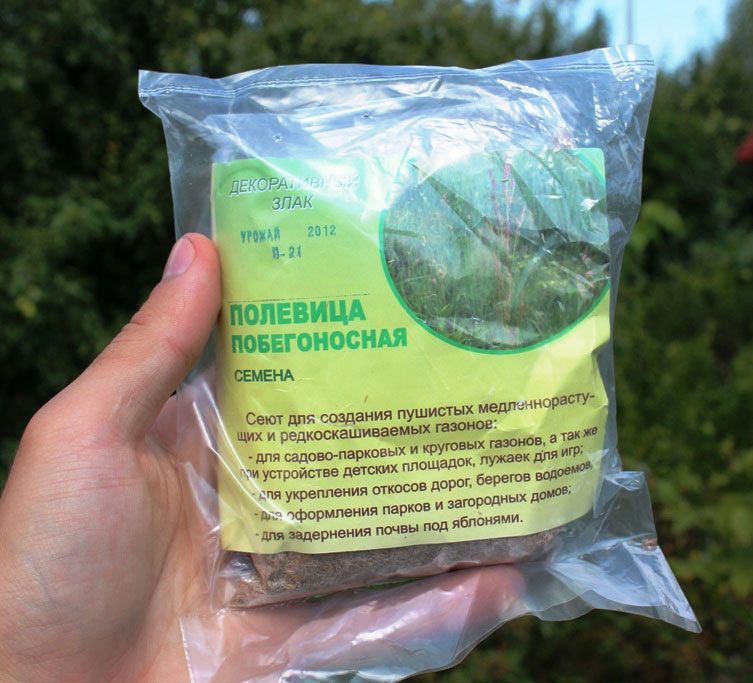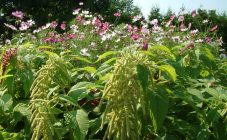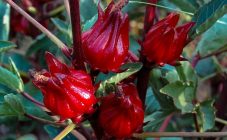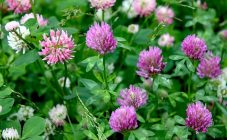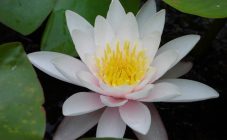Content:
Quite often, shoot-forming bent grass is used to decorate squares, parks and suburban areas. This is due to a large number of advantages. The ornamental properties of the plant have been seen in the countries of southern and eastern Europe. The grass gained great popularity due to the ability to sow it as an independent plant, as well as to include it in the composition of grass mixtures. Leopard grass for lawns: advantages and disadvantages, cultivation features are the topic of this publication.
Pole grass: description and characteristics of the plant
In the wild, the plant is found only in some parts of Europe. Polevitsa is a low-growing cereal crop, the height of which can reach 12 cm. It develops rapidly, forming a dense green carpet of creeping shoots on the ground. A characteristic feature of the species is the formation of new bushes and the ability to root, which makes it possible to decorate large territories in a short period of time.
Cultivation of bent grass is so simple that you don't need to care for the grass for a long time. In this case, even a self-growing lawn will look attractive.
Varieties and types
Polevitsa is a rather delicate plant that gives the backyard a special atmosphere. Today, there are more than 10 species of the shoot-forming bent.
About each in more detail:
- White bent-grass is a loose rhizome plant. The height can vary from 0.6 to 1.05 m. During flowering, loose panicles are formed, their width reaches 11-14 cm, and the length is 12-26 cm. When sowing bent grass seeds, they grow after 8-9 days. As a rule, by the end of the third week, the seedling height is already 7 cm. It begins to bloom and bear fruit during the second growing season. The plant turns green in the second - third decade of April, and the leaves die off at the end of October. Reproduction is carried out by sod and seeds. After mowing the lawn, the grass grows slowly. Indicators of cold resistance and drought resistance are excellent.
- Pole grass is a low-growing cereal, the rhizome is poorly developed. The height of vegetative shoots does not exceed 30 cm, forms a thick carpet of dark green color. If you sow seeds in the fall, then the first shoots can be contemplated in early May. In the first year, the plant reaches, as a rule, a height of 35 cm. The decorative properties persist from early May to mid-October. Indicators of drought resistance and cold resistance are excellent. Tolerates a haircut well.
- A filamentous bent, it is a thin bent - a loose shrub with low-leafed stems, the height can vary from half a meter to 80 cm. Spreading panicles are also formed during flowering, 7-12 cm long and 3-7 cm wide.When early sowing in spring, shoots appear after 8-9 days, and when sown on the eve of winter, the plant appears in the third decade of April. In the first year of life, the plant does not form seeds, the height reaches no more than 35 cm.Shows decorative properties from late March to early November, the plant is cold and drought-resistant. In care, the bent field is unpretentious, but after the seed pods have ripened, the generative shoots should be removed.
Advantages and disadvantages
The red bent has many advantages, the main one is getting a fluffy, thick and soft carpet of green color, which is picky to care for.
In addition, there are also such advantages of the species:
- High grass density.
- High rates of cold resistance and frost resistance.
- The plant does not lose its decorative properties if the lawn is not often mowed.
- Suppresses the growth of weeds, grows rapidly.
- The plant withstands well even an extremely low haircut, for example, 1 cm.
- Excellent regenerative properties, recovers quickly after pruning.
- It grows actively on almost all types of soil.
- High resistance to trampling.
- Grows well in shade and partial shade.
Unfortunately, there are also disadvantages that every green lawn lover should be aware of.
In details:
- In persistently dry weather, the cereal representative needs watering.
- After winter cold weather, the top layer, as a rule, dies entirely. It usually takes 30 days to recover.
- When freezing, bald spots can form, which, with proper care, are quickly restored.
- It is recommended to cut with a lawn mower.
In general, experts believe that the advantages significantly outweigh the disadvantages. Therefore, bent grass is used more and more often.
Features of planting and care
The main application of culture is the decoration of parks, squares and various household plots. The culture is unpretentious, grows on all types of soil. But nevertheless, there is also a soil that is optimal for the growth and development of the bent grass - drained and fertile.
Ornamental culture is drought-resistant, but loves moisture, especially needs water in the first year of life. In conditions of shade, it will grow, but, of course, not so willingly. Better to plant it in lighted areas.
The most common breeding method is seed. Seeds are usually sown in spring or autumn.
If, nevertheless, a decision is made to sow bent grass in the summer, then the plant must be provided with regular and high-quality watering.
Visually, bent grass seeds resemble dust, therefore, before sowing, it is recommended to pre-mix them with wet sawdust, observing a ratio of 1 to 10.
A characteristic feature of the species is the vegetative way of reproduction. This method is used when there is a need to expand the boundaries of lawns or create new plantings.
Plant care
Despite the fact that the plant is unpretentious and does not need to be cut frequently, it needs regular maintenance. The basic rules of agricultural technology are cosmetic haircut (usually 3-4 times is enough), the main task is to renew the plant and remove old leaves and shoots.
To prevent decay of the rhizome, it is necessary to regularly air the turf, lifting it from the ground.
Mulching has a good effect on the rooting of shoots. For mulching, it is recommended to use a mixture of peat, garden soil and sand.
Before the arrival of frost in late autumn, low mowing of the plant should be carried out. This process slows down the growth of grass, which greatly facilitates the process of caring for the bent field in spring.
Shoot growth is activated when the soil temperature reaches + 18-20 degrees.In the spring, it is imperative to carry out manipulations such as aeration. To stimulate the development of shoots, it is also necessary to add a complex of mineral fertilizers to the soil.
Pole grass is one of the most widespread ornamental crops today. It combines a large number of advantages that more than cover the disadvantages. The plant is unpretentious in care, but still needs some manipulations. Even a novice agronomist will be able to give an attractive look to his personal plot, because the peculiarities of planting a field bent are quite simple.
